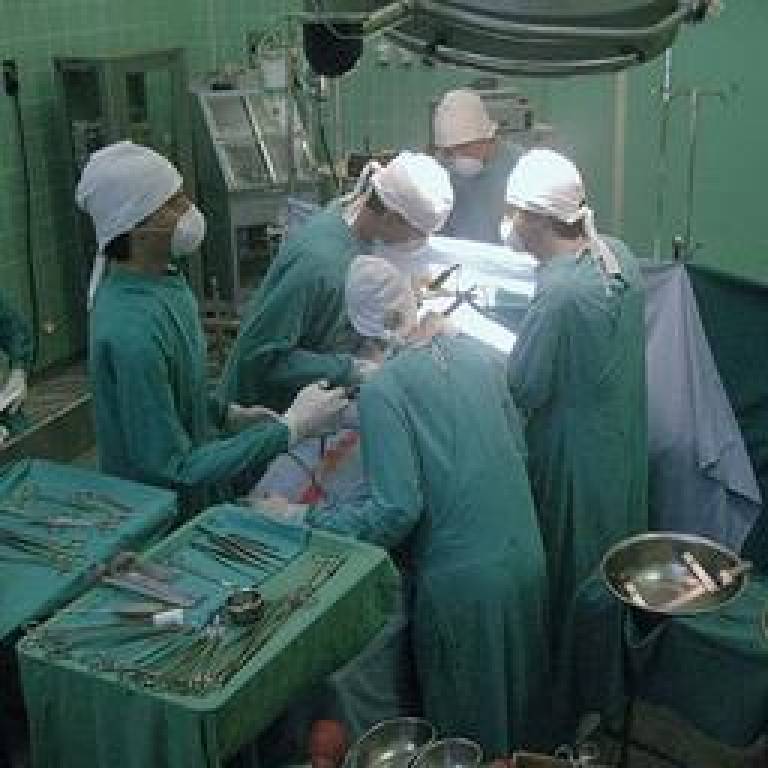Child heart surgeons access clearer picture of their success rate
4 April 2013
For the first time, teams that care for children needing heart surgery have been able to review their short-term success rate better across all the different operations they perform.

Graphic data charts, devised by analysts at UCL, now allow child heart surgeons to spot and investigate trends in survival and act promptly on any concerns.
Published today in the journal Heart, a new paper describes how charts showing survivals to, and deaths within, 30 days of surgery are being generated and studied by teams at Great Ormond Street Hospital, Evelina Children's Hospital and the Royal Hospital for Sick Children in Glasgow.
The study follows recent controversy around comparisons of deaths rates following surgery.
Importantly, the charts account for very different levels of risk faced by different children - from under one percent risk of death to more than 25% - and help hospital teams spot any underlying trends. The risk estimates come from peer-reviewed work by the same team published last year using UK national data.
Dr Christina Pagel, lead author of the paper from the UCL Clinical Operational Research Unit, said: "The software tool that we've developed provides teams with a way of routinely monitoring their own risk-adjusted results, which they've not been able to do previously because of the complexity and diversity of their work."
The software tool that we've developed provides teams with a way of routinely monitoring their own risk-adjusted results, which they've not been able to do previously because of the complexity and diversity of their work.
Dr Christina Pagel
She added: "This is important because it means that the teams can learn from their recent outcomes and respond quickly where necessary. By working closely with the surgical teams, we could explain the limitations of the risk-adjustment, which is never perfect, as well as the strengths."
The data presented in the paper captures all procedures performed in 2010 and 2011. All three centres got useful insights from looking at their outcomes in this way.
Dr Pagel said: "Our work is about facilitating improvement rather than comparisons between centres. Comparisons between centres remain challenging - for instance, some centres treat a higher number of very premature babies and this isn't accounted for in our risk-adjustment because those data were, historically, not routinely submitted to national audit.
"This sort of additional information is, of course, available to the clinical teams, who are able to put the risk-adjusted results into context. That's why we think that these charts are most useful at a local level. I'm glad that each centre is still using the prototype software and there are plans in place to roll-out the tool nationally."
Sir Bruce Keogh, Medical Director of the NHS, who has previously called for all NHS trusts to publish surgical outcome data, said: "This is a great example of constructive collaboration between academics and clinicians to give clinical teams that the tools they need for quality assurance and to further improve outcomes."
Stephen Thornton, Chief Executive of the Health Foundation, which part funded the study, said "We are delighted to have supported such an innovative piece of research and hope the tools produced from this project will have a wide appeal across the paediatric heart surgery network."
Media contact: Clare Ryan
Image: Heart of Cape Town Museum by mallix on flickr
Links:
 Close
Close

